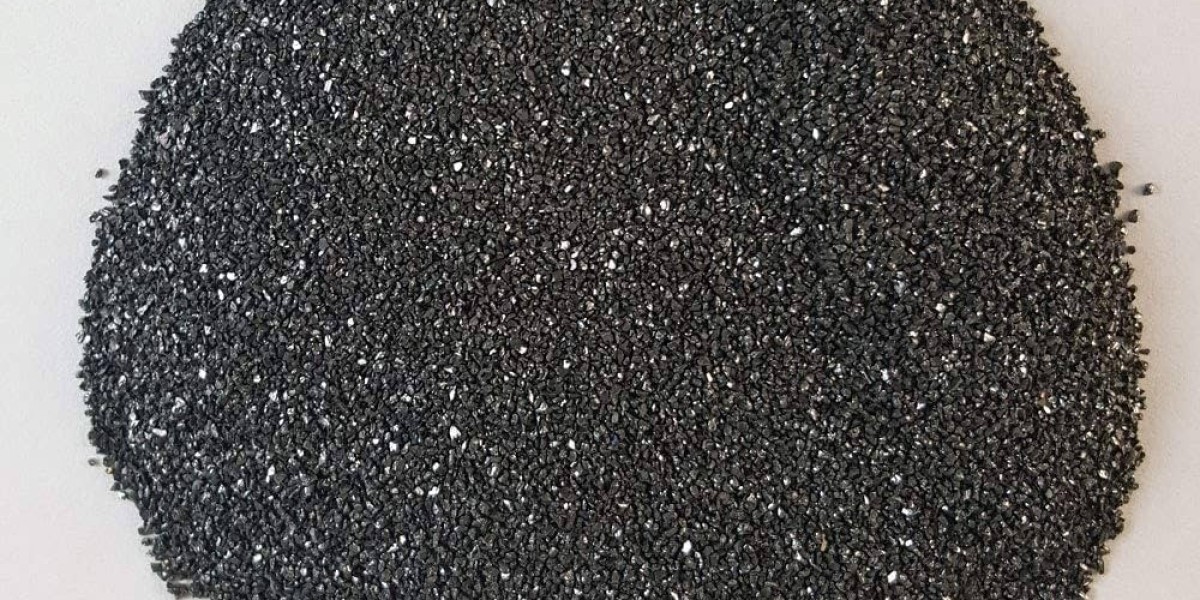In today's fast-paced world, staying productive can be a challenge. Many professionals struggle with incomplete tasks, distractions, and inefficiencies that hinder progress. This is where mission control productivity comes into play. By understanding the three states of completion, you can streamline your workflow, reduce stress, and achieve more in less time.
What is Mission Control Productivity?
Mission Control Productivity is a structured approach to managing tasks efficiently. Inspired by NASA’s mission control system, this method ensures that every project or task moves through well-defined stages. It helps professionals prioritize their work, eliminate bottlenecks, and achieve their goals with greater precision.
The Three States of Completion
To master mission control productivity, you must understand the three states of completion: not started, in progress, and complete. These states allow individuals and teams to track progress, stay organized, and maintain a clear vision of their objectives.
- Not Started
The first state, not started, refers to tasks that have been identified but not yet initiated. At this stage, prioritization is crucial. Create a structured to-do list and rank tasks based on urgency and importance. Breaking down large tasks into smaller, manageable steps can also make them less overwhelming.
Tips for Managing the Not Started State:
- Use project management tools to organize tasks
- Set deadlines to avoid procrastination
- Assign responsibilities if working in a team
- In Progress
The in progress state involves actively working on tasks. Many people struggle with distractions during this phase, leading to inefficiencies. To maximize productivity, focus on time management techniques such as the Pomodoro Technique or time blocking. Eliminating multitasking and setting clear goals for each work session can significantly enhance efficiency.
Strategies for Staying Productive in This State:
- Minimize distractions by setting up a dedicated workspace
- Use productivity apps to track progress
- Set realistic timeframes to complete tasks
- Complete
The final state, complete, signifies the successful conclusion of a task or project. However, completion doesn’t just mean finishing a task; it involves reviewing the work, ensuring quality, and reflecting on lessons learned. Establishing a habit of reviewing completed tasks can improve future efficiency and productivity.
Best Practices for the Completion Stage:
- Conduct a final review to ensure quality
- Gather feedback for improvement
- Document key takeaways for future reference
How Mission Control Productivity Enhances Efficiency
By applying mission control productivity and understanding the three states of completion, professionals can:
- Improve task prioritization
- Increase efficiency through structured workflows
- Reduce stress and prevent burnout
- Enhance collaboration within teams
Conclusion
Embracing Mission Control Productivity and mastering the three states of completion can transform the way you manage tasks. By categorizing work into not started, in progress, and complete, you gain clarity, stay organized, and accomplish goals with greater efficiency. Start implementing these strategies today to take control of your productivity and maximize success!



